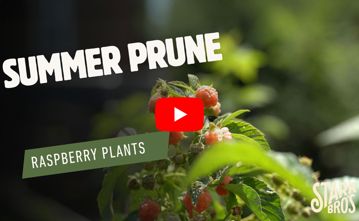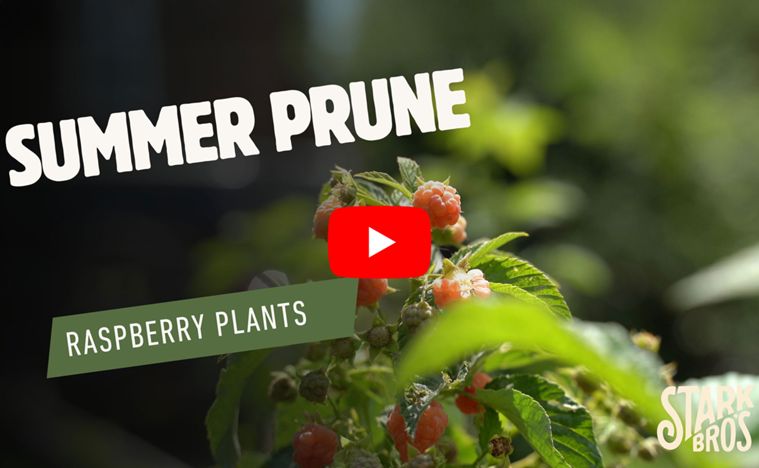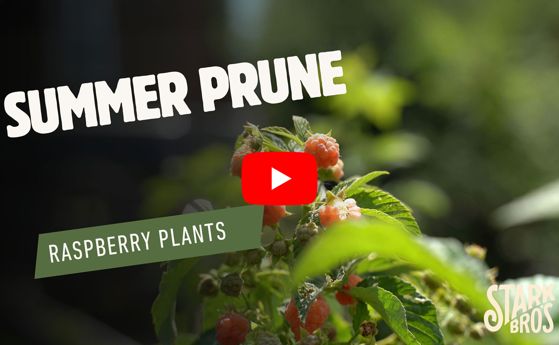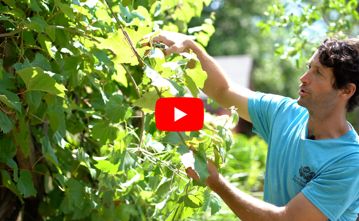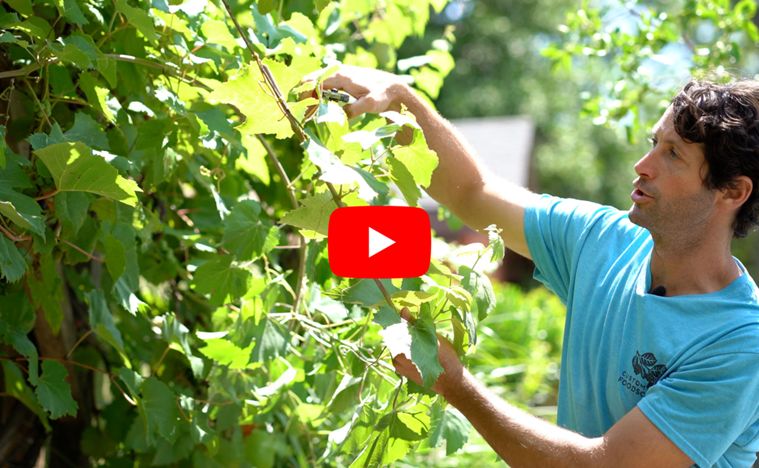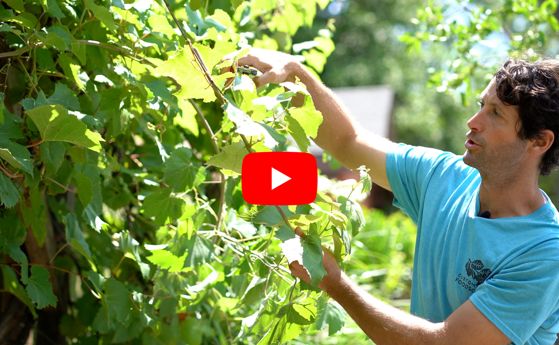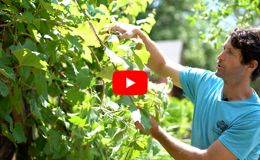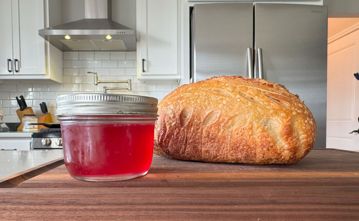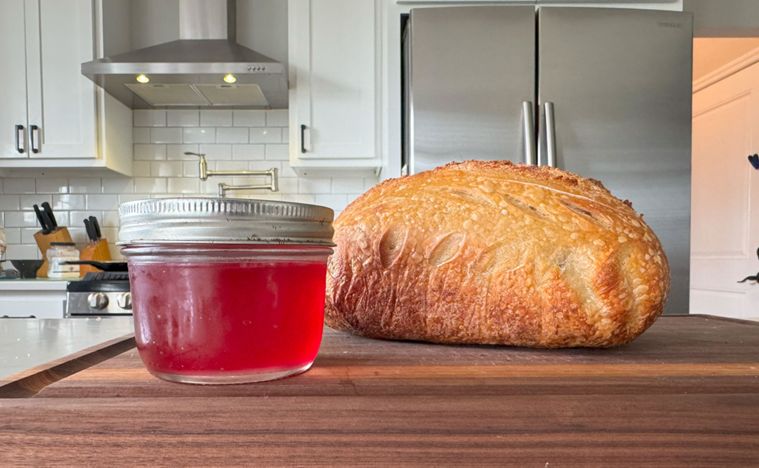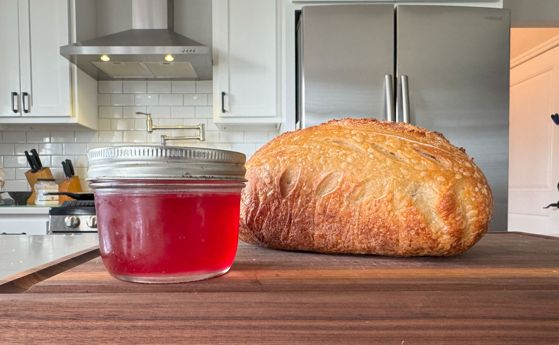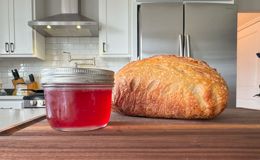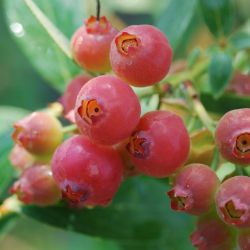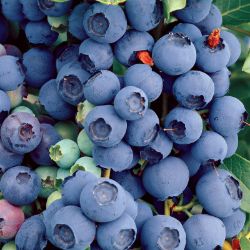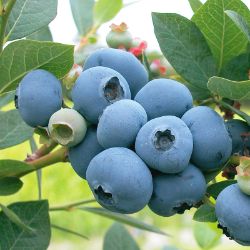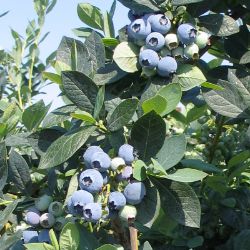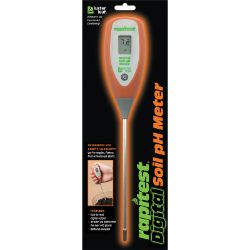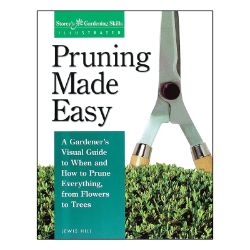Pruning Blueberry Plants
Pruning is an important part of proper edible plant care, but many people find the task overwhelming. It doesn’t have to be! Keep these things in mind:
- You can have confidence in knowing that not everyone will prune the exact same way (even the experts).
- It is best for your plant to do some pruning versus no pruning.
- There are several reasons to prune: maintain the size and shape of the plant, stimulate for strong growth and overall fruit quality.
NOTE: This is part 8 in a series of 11 articles. For a complete background on how to grow blueberry plants, we recommend starting from the beginning.
Blueberries should be pruned during the winter while the bushes are dormant. In winter, flower buds are easily visible on one-year-old wood and their numbers can be adjusted by pruning to regulate the crop load for the coming year. Blueberries do not need to be pruned in the first year. Pruning should be moderately heavy in the second year.
Training Young Plants (1 to 3 years of age)
If vigorous, well-rooted two-year-old plants are set, they do not need cutting back the first year except to remove fruit buds shortly after planting. Pruning should be moderately heavy in the second year to stimulate strong new growth on selected canes. Do not permit plants younger than three years of age to bear more than a cluster or two of fruit, or the onset of the commercially productive period will be delayed. A large bearing area should be established in the shortest possible time.
Pruning Bearing Plants (over 3-4 years of age)
Make large “shaping cuts” — remove all low-spreading branches and the oldest canes if they are weak, particularly if in the center of the plant. “Head back” the upright “bull shoots” to the desired height to keep the bush from growing too tall. Essentially, you have then automatically selected the remaining, more upright canes to bear your crop next season and the following season.
On the remaining canes, systematically “thin out” the shorter, thinner shoots, leaving enough of the thick shoots to bear the crop and make new growth. Only experience can tell you how many shoots a particular variety of a particular age can carry and still perform well. It is probably better in most instances to prune too lightly than too heavily. Lighter pruning is usually practiced, as the plant grows older because it can carry more “wood” successfully due to a larger root system.
Renewal Pruning
When blueberries are about 8 to 10 years old, they are at their productive peak— but renewal growth has reached a minimum, and production will begin to decline from year to year. To prolong your plant’s productivity, renewal pruning is needed. Some provision must be made to revitalize the plant to prolong its productive period.
- Weak or badly diseased canes should be removed entirely. These canes can be identified by generally poor vigor and low fruit bud production. However, in eastern NC, many varieties do not sprout new canes readily from the crown. It may be necessary to either cut the cane back to a strong lateral which is properly located, or to cut the cane severely (“dehorn”) back to within 2 to 3 ft of the ground. By the latter method, it is hoped that new lateral branches can be forced from below the cut.
- Either method may result in a 1- to 3-year crop reduction, but the plants should then bear several more good crops. However, when rejuvenation becomes necessary, it is time to start considering newer and better varieties to which your acreage may be systematically replanted in the near future.
A good reference book, such as Pruning Made Easy, can answer questions and guide you through the pruning process.



